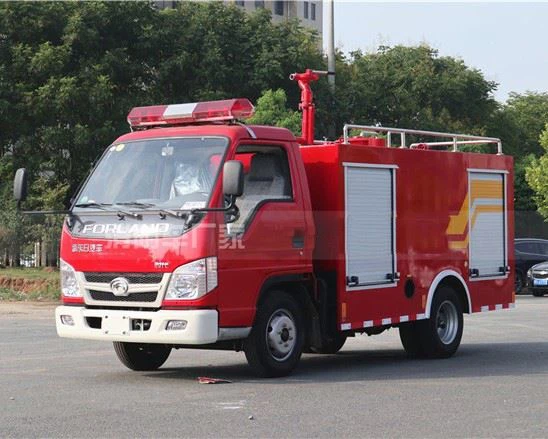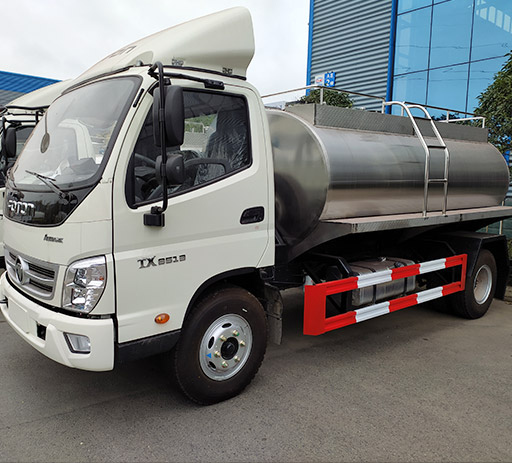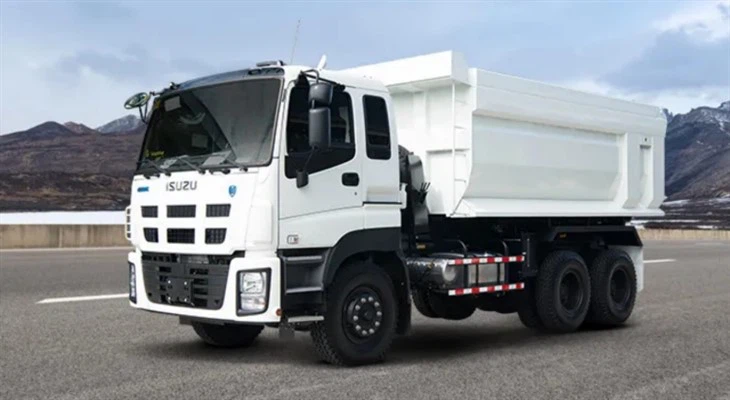Which Tanker is Used to Transport Cryogenic Materials?

Cryogenic materials, defined as substances that exist at extremely low temperatures (typically below -150 degrees Celsius), require specialized transport vessels known as cryogenic tankers. These tankers are specifically designed to maintain low temperatures and handle the unique challenges associated with transporting liquefied gases like helium, nitrogen, and hydrogen. In this article, we will delve into the types of tankers used for cryogenic materials, their design features, operational guidelines, and more.
Understanding Cryogenic Materials
Cryogenic materials include a variety of gases that are liquefied at low temperatures. The most common examples include:
- Liquid Nitrogen (LN2)
- Liquid Helium (LHe)
- Liquid Hydrogen (LH2)
- Liquid Oxygen (LOX)
Properties of Cryogenic Materials
Cryogenic materials generally possess unique properties that require careful handling. These include:
- Extremely low boiling points, which necessitate specialized storage and transportation.
- High volatility; when exposed to normal atmospheric temperatures, they rapidly vaporize.
- Potential hazards, including flammability in the case of hydrogen and asphyxiation from displacement of oxygen by nitrogen and helium.
Types of Cryogenic Tankers
Understanding the various types of cryogenic tankers is vital for safe and effective transportation. The main types include:
Cryogenic Road Tankers
Cryogenic road tankers are designed for land transport, typically featuring insulated vessels to keep the cargo cold. They include:
- Vertical Tanks: Often used for transporting liquid nitrogen.
- Horizontal Tanks: More suitable for larger payloads, typically for gases like oxygen and hydrogen.
Cryogenic Rail Tankers
These tankers are built similarly to road tankers but are optimized for rail transport. They offer significant capacity and safety features, making them ideal for long-distance transport.

Cryogenic Shipping Containers
These are intermodal containers designed for ocean transport. They maintain the necessary low temperatures required for shipping large quantities of liquefied gases over longer distances.
| Type of Tanker | Transport Mode | Common Uses |
|---|---|---|
| Cryogenic Road Tankers | Road | Liquid Nitrogen, Liquid Oxygen |
| Cryogenic Rail Tankers | Rail | Liquid Helium, Liquid Hydrogen |
| Cryogenic Shipping Containers | Ocean | Long-Distance Transport of liquefied gases |
Key Features of Cryogenic Tankers
The design of cryogenic tankers incorporates several features to ensure safety and efficiency:
Insulation
Cryogenic materials require excellent thermal insulation. Tankers utilize materials such as:
- Vacuum Insulation: Effective at minimizing heat transfer.
- Foam Insulation: Often used in conjunction with vacuum layers for additional safety.
Pressure Control Systems

Due to the volatility of cryogenic gases, effective pressure control systems are essential. These may include:
- Relief valves to prevent over-pressurization.
- Vacuum pressure gauges to monitor conditions inside the tanker.
Material Regulations
Materials used in cryogenic tankers must withstand extreme conditions. Commonly used materials include:
- Stainless steel for its corrosion resistance.
- Aluminum for its lightweight properties.
Safety Protocols for Cryogenic Transport
Transporting cryogenic materials poses several risks, necessitating stringent safety protocols. Key guidelines include:
Training and Certification
All personnel involved in the transportation of cryogenic materials must undergo specialized training. This includes:
- Safety procedures for handling cryogenic gases.
- Emergency response training for potential leaks or spills.
Regular Maintenance Checks
Regular inspection and maintenance of cryogenic tankers are critical. Key aspects include:
- Inspecting insulation and seals for efficiency.
- Testing pressure control systems prior to transport.
Emergency Preparedness
Having an emergency response plan is crucial. Companies should:
- Develop detailed plans for leak response.
- Provide resources such as gas detection systems and emergency shut-off valves.
Practical Examples of Cryogenic Transport
Chemical Plants

In chemical manufacturing, liquid oxygen is commonly transported in cryogenic tankers for processes requiring high levels of combustion. The use of road tankers for on-site delivery ensures a continuous supply while maintaining safety protocols.
Medical Applications
Cryogenic materials like liquid nitrogen are vital in medical applications for preserving biological samples. Dedicated cryogenic tanks help in delivering LN2 to hospitals and laboratories, ensuring the samples are kept at the required low temperatures.
Aerospace Industry
The transport of liquid hydrogen for rocket fuel necessitates highly specialized cryogenic tankers. Companies in the aerospace sector utilize intermodal cryogenic shipping containers optimized for shipping by land and sea, maintaining low temperatures during transit.
Future Trends in Cryogenic Tanker Technology
As industries continue to evolve, so do the technologies behind cryogenic tankers. Notable trends include:
Advanced Insulation Techniques
Manufacturers are exploring new materials for insulation that enhance thermal efficiency and reduce overall weight, which can improve fuel efficiency during transport.
Towards Automation
Automation in the monitoring of tank conditions is gaining traction, with smart sensors providing real-time data on temperature, pressure, and overall conditions during transport.
Environmental Considerations
The transportation of cryogenic materials can have environmental impacts. Here are steps companies can take to minimize their carbon footprint:
Improving Fuel Efficiency
Investing in newer, more fuel-efficient tanker designs can reduce greenhouse gas emissions associated with transportation.
Using Alternative Fuels
Exploring the use of alternative fuels for the transport trucks can also lessen environmental impact. Solutions like electric trucks or biofuels are becoming more viable.
Frequently Asked Questions (FAQ)
What are cryogenic materials?
Cryogenic materials are substances that are liquefied at extremely low temperatures, typically below -150 degrees Celsius. Common examples include liquid nitrogen and liquid oxygen.
Why are special tankers required for cryogenic transport?
Special tankers are required to maintain low temperatures, prevent evaporation, and ensure the safety of volatile materials during transportation.
What types of tanker are best for transporting liquid nitrogen?
Cryogenic road tankers are commonly used for transporting liquid nitrogen. These are designed to keep the nitrogen at extremely low temperatures during transit.
How often should cryogenic tankers be inspected?
Cryogenic tankers should undergo regular inspection and maintenance checks, ideally before each delivery cycle, to ensure all systems are functioning properly and safely.
What safety measures should be taken during cryogenic transport?
Safety measures include staff training, routine maintenance checks, emergency preparedness plans, and proper monitoring of tank conditions during transport.
Are there any environmental concerns with cryogenic transportation?
Yes, the transportation of cryogenic materials can have environmental impacts, such as greenhouse gas emissions. Companies are exploring options to improve fuel efficiency and use alternative fuels to mitigate these effects.
